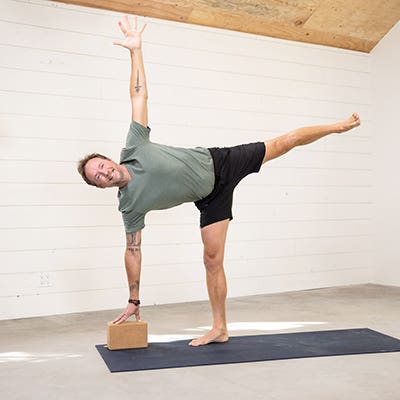Yoga for Beginners
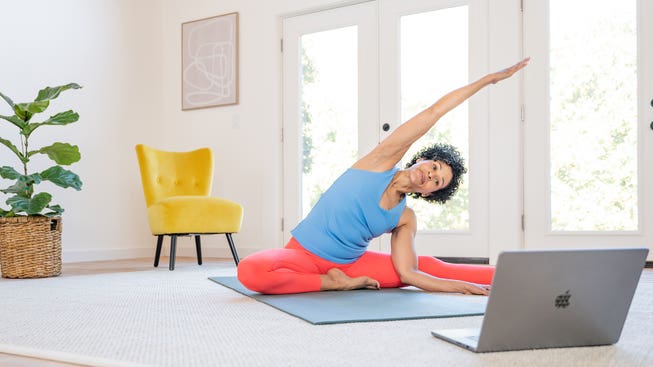
Poses for Beginners
Thoughtful instruction and mindful execution of beginner postures builds the strong foundation for a yoga practice that benefits mind, body, and spirit. No set of alignment cues works for everyone—there are as many triangle poses as there are people practicing the posture. That said, there are a few helpful hints to keep you safe during your yoga practice, including a steady even breath, and an appropriate level of sensation that never veers into pain. Below you’ll find some asanas (poses or postures) you’re most likely to encounter in a beginner yoga class. As you practice them, you will build strength in the body as well as courage and joy in the heart.
Standing Poses
Standing poses help strengthen the lower body while also forming a strong, solid foundation for a safe yoga practice. As you build strength in standing postures, you may also notice increased feelings of personal power and confidence.

Warrior 1
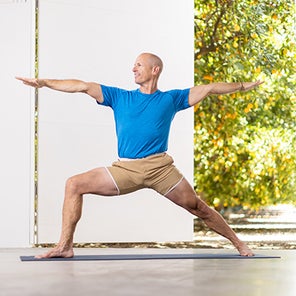
Warrior 2
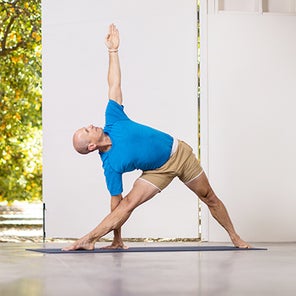
Triangle Pose
Backbends
Backbends can help restore the natural flexion of the spine by encouraging a greater range of motion. With practice, these postures build strength, flexibility, mobility, and vibrance.
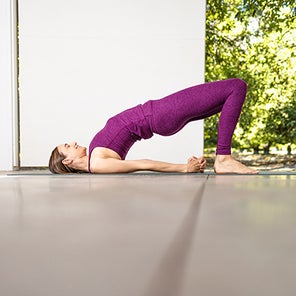
Bridge Pose
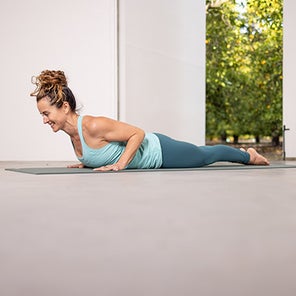
Cobra Pose
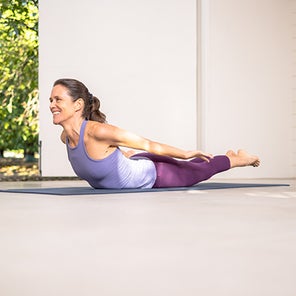
Locust Pose
Seated Poses
Energetically, seated poses tend to be grounding and focus more on flexibility than strength. Some seated poses involve twisting, which tones the belly, massages internal organs, and relieves lower back pain.
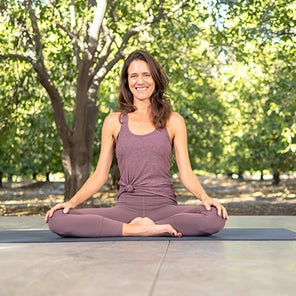
Easy Pose
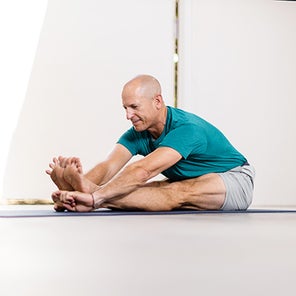
Seated Forward Fold

Seated Spinal Twist
Balancing Poses
Practicing these balancing poses help you stand your ground—literally and figuratively. In our attempt to balance on our hands, or on one foot, we metaphorically enter the unknown, cultivating courage, presence, and strength of heart.
Bird Dog
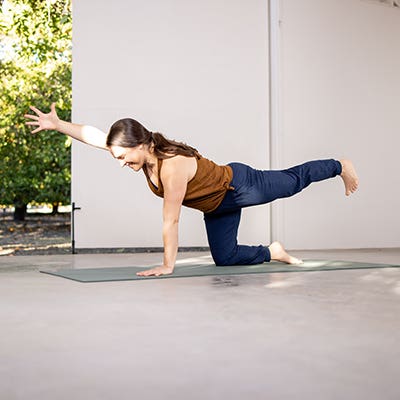
Bird Dog
While not a classic yoga shape, Bird Dog has been adopted by modern yoga teachers. An effective rehabilitative posture for relief of back pain, this pose lengthens and stretches the spine while cultivating singularity of focus.
Half Moon
Half Moon
Deeply empowering for both body and mind, Half Moon Pose opens the hips, stretches the groin and spine, and strengthens the lower body while promoting focus and confidence. You may find it helpful to place a block underneath your hand to as you learn to balance.
Crow Pose

Crow Pose
Crow Pose is often the first arm balance many yogis learn. If this pose looks a little scary, practice with a pile of blankets in front of you to soften the fall. Confronting that fear—and ultimately overcoming it—is part of the practice of the pose, which in addition to strengthening the upper body and core, builds confidence and self-awareness.
Inversions
Turning your body—and thus your world—upside down is profoundly therapeutic to the body and mind. There’s no reason to fear the radical change in perspective; the inversions below deliver all the physical and physiological effects of the posture while being especially beginner-friendly. At their best, inversions can be simultaneously thrilling, rejuvenating, and calming.
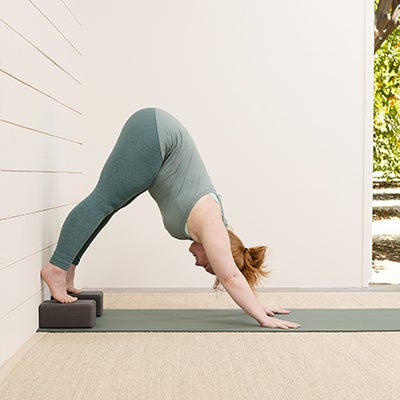
Down Dog
One of the most common yoga poses, Downward Facing Dog (or Down Dog, for short) builds strength in your arms, shoulders, and legs while stretching your hamstrings, shoulders, calves, feet, and spine. Focusing on the depth of your breath will reveal the magic.
Resting Poses
Though it may seem counterintuitive, resting poses are often the most challenging postures in a yoga class—not only for beginners but for all yogis. While many yoga postures are active, the resting poses are even more essential to quiet the body and restore the mind.
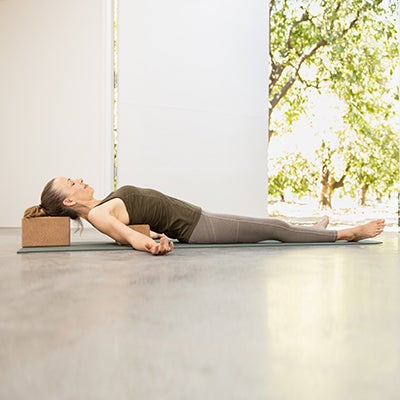
Savasana
The closing posture to every class, Savasana (or Corpse Pose), is a deceptively simple pose that requires complete surrender to relaxation and stillness. While it’s not uncommon to hear snoring during Savasana, the real challenge is to cultivate a meditative calm while remaining awake.
Next
Yoga Anytime Membership Benefits

- 15-Day Free Trial
- Unlimited access to 3,100+ classes
- 150+ Yoga shows and challenges
- No ads
- New videos weekly
- Watch on all your favorite devices

